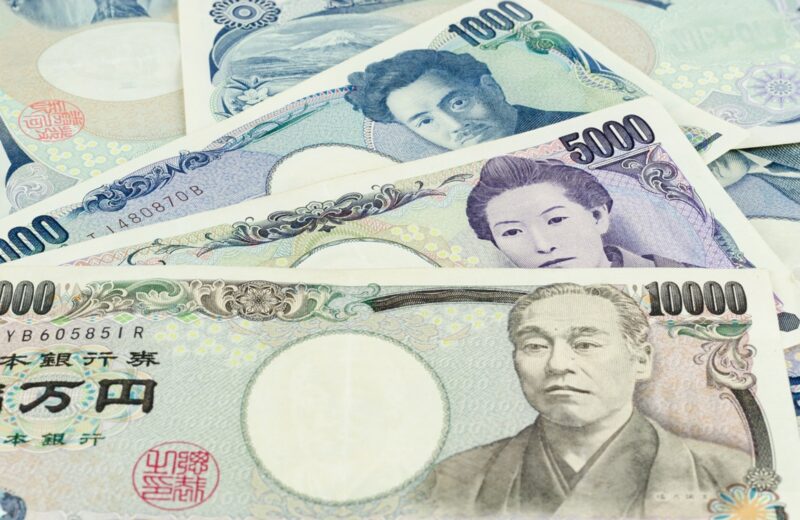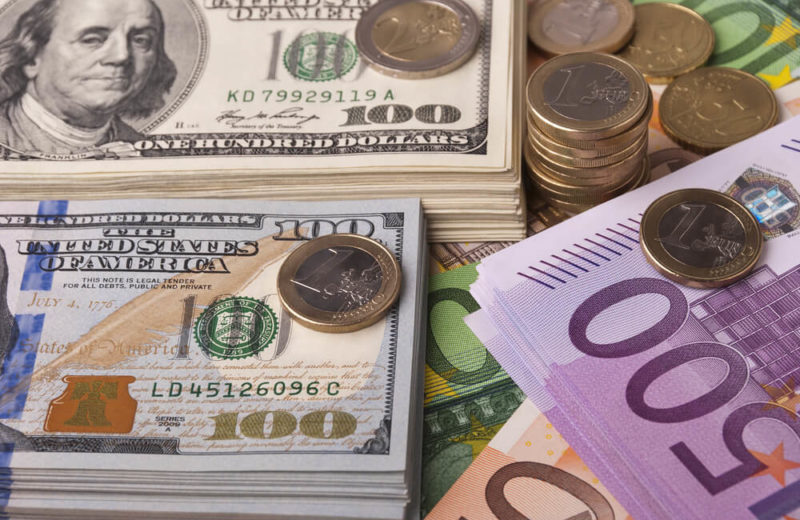On Friday, May 28, the USD progressed further, succeeding in its jump from more than four-month of plunge, whereas the Japanese yen continues to flop.
The greenback keeps rising as investors await the country’s inflation data to set the currency’s path. Besides, the U.S. dollar index topped in the late European and Asian session, which traded up by 1.0% on the day at 90.78.
The new unemployment benefits claim of North Americans dropped more than expected last week.
Later in the session, U.S. President Joe Biden is expected to announce his full budget after sitting at the office in January. It was reported that Biden would pursue $6 trillion in federal spending for the 2022 fiscal year.
Since the United Kingdom and the United States had public holidays last Monday, the dollar’s gains might be attributed to month-end calls.
In contrast to the Japanese yen, the North American dollar was near a seven-week high. The exchange rate from the yen to the dollar traded at 109.88. This trade is a move that prompts analysts to note that the Japanese government is considering the rise in unemployment. Meanwhile, a fall in consumer prices amid the extension of pandemic curbs is also anticipated.
However, an analyst stated that investors must not delude themselves since this situation will not affect the Japanese monetary policy.
The inflation rate in Japan remains at a very low level, and with the economic fluctuations brought by the coronavirus, there is a very small chance that the situation will soon brighten.
Among the G10 countries, the Japanese yen is now considered the most underperforming currency this week. It is also expected to fluctuate against its non-dollar counterparts.
Currency Movements
Along with the Japanese yen and U.S. dollars, the following are the other currency movements.
Starting with the euro that fluctuated at 1.0% at $1.22, it hovers below its recent high of $1.23. It goes along with the dovish statements from European Central Bank officials that eroded its momentum ahead of the policy meeting on June 10.
Meanwhile, the Chinese yuan hit a new three-year high, where it traded at 0.16 against the U.S. dollar.
On the other hand, the British pound fell by 0.2% at $1.41, which is on track for its best months in contrast to the dollar so far this year.
Elsewhere, the Kiwi dollar, which recently spiked on the chances of an interest rate hike by September 2022, plummeted by 0.6% at 0.72.
Lastly, the Australian dollar also sank by 0.3% to 0.88.















